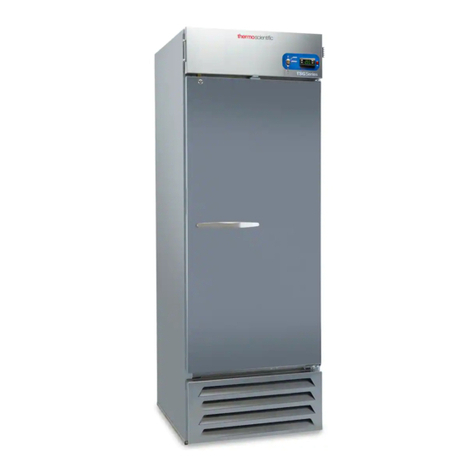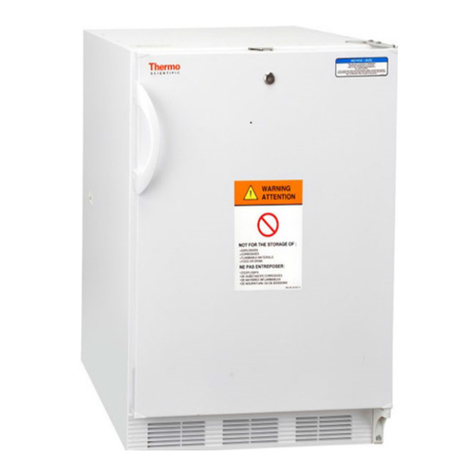Thermo Scientific Harris MBF-700 User manual
Other Thermo Scientific Refrigerator manuals
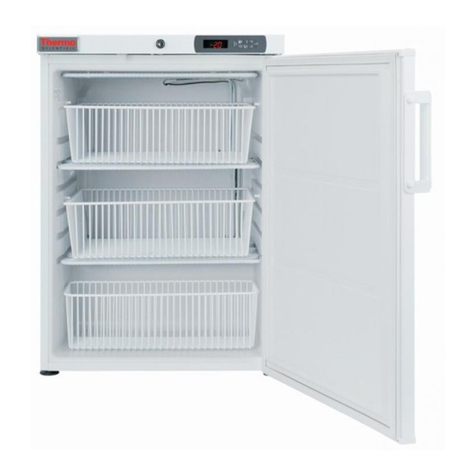
Thermo Scientific
Thermo Scientific ES Series User manual

Thermo Scientific
Thermo Scientific TSG Series User manual

Thermo Scientific
Thermo Scientific 18LCEETSA User manual

Thermo Scientific
Thermo Scientific Jewett CT 1 User manual

Thermo Scientific
Thermo Scientific 20ERCETSA User manual
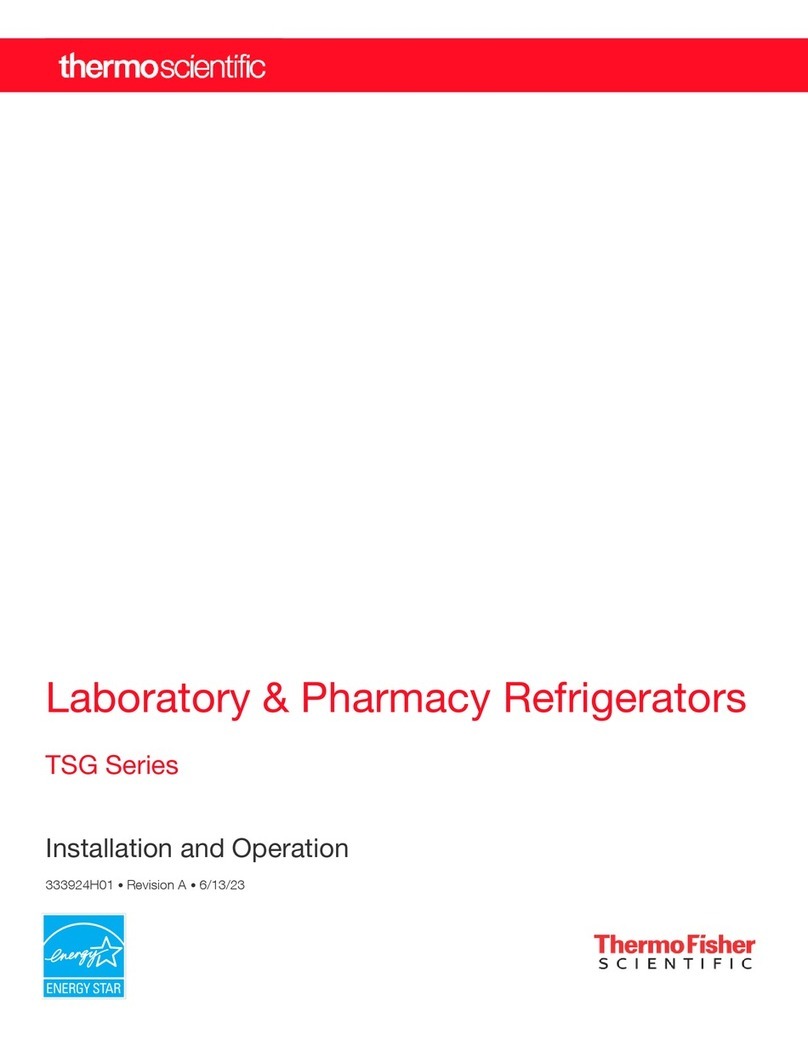
Thermo Scientific
Thermo Scientific TSG Series User manual

Thermo Scientific
Thermo Scientific 20LFEETSA User manual
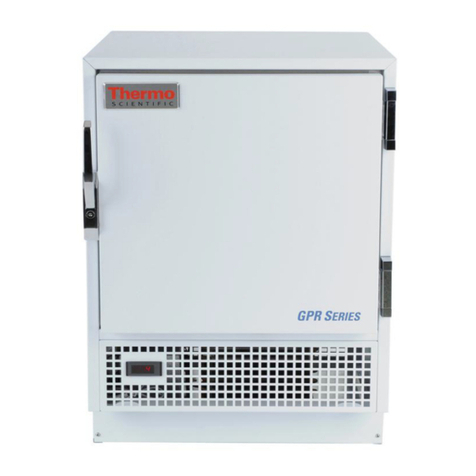
Thermo Scientific
Thermo Scientific MR05 Series User manual

Thermo Scientific
Thermo Scientific PLR 221 User manual

Thermo Scientific
Thermo Scientific Fisher Scientific Isotemp 50FREEFSA Quick start guide
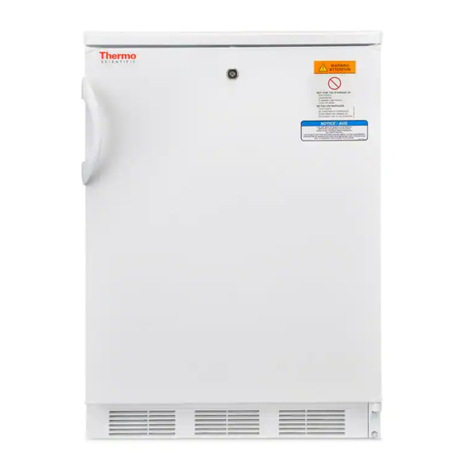
Thermo Scientific
Thermo Scientific TSV07CPSA Owner's manual
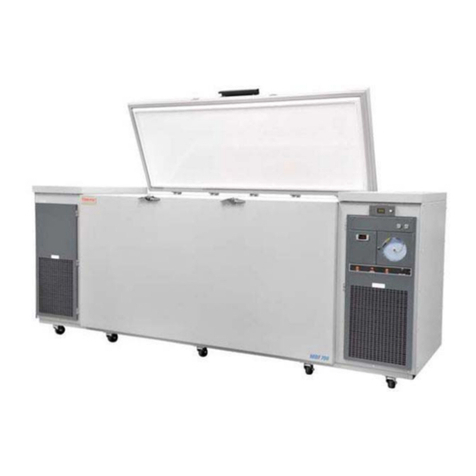
Thermo Scientific
Thermo Scientific Harris MBF-700 Setup guide
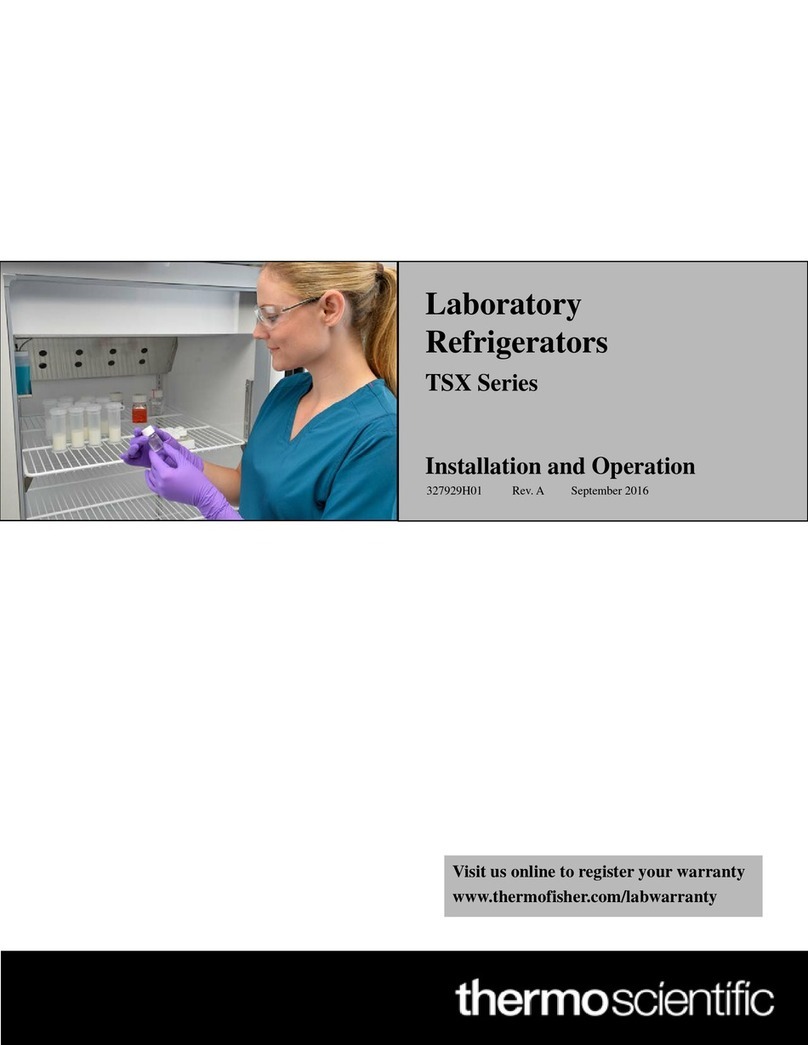
Thermo Scientific
Thermo Scientific TSX2305SA User manual

Thermo Scientific
Thermo Scientific LTX108 User manual

Thermo Scientific
Thermo Scientific 05LRAETSA User manual
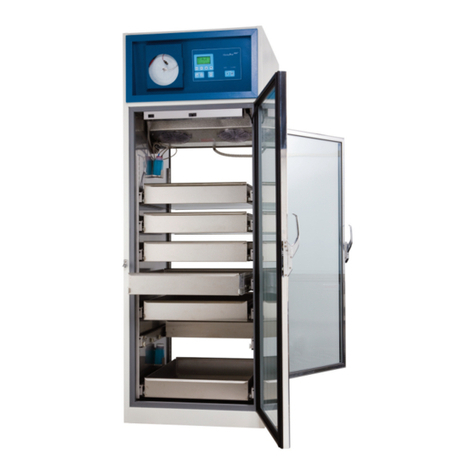
Thermo Scientific
Thermo Scientific Jewett Pass-Thru BBR55D-2A Series Owner's manual
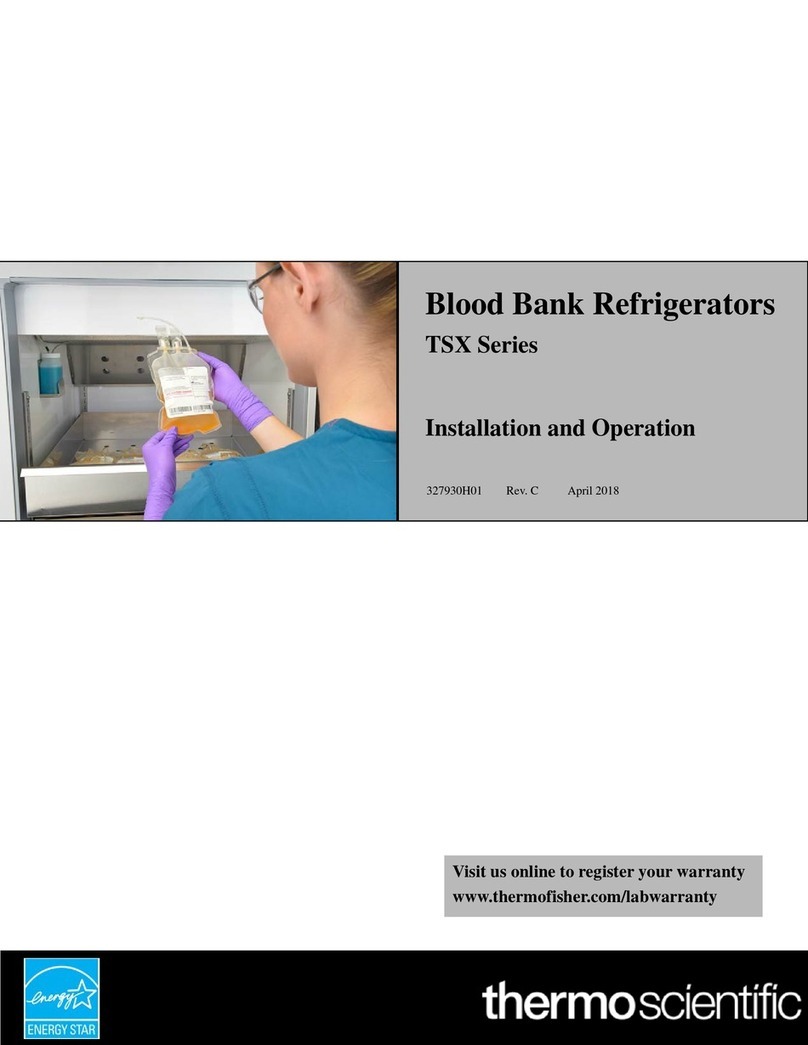
Thermo Scientific
Thermo Scientific TSX Series Owner's manual
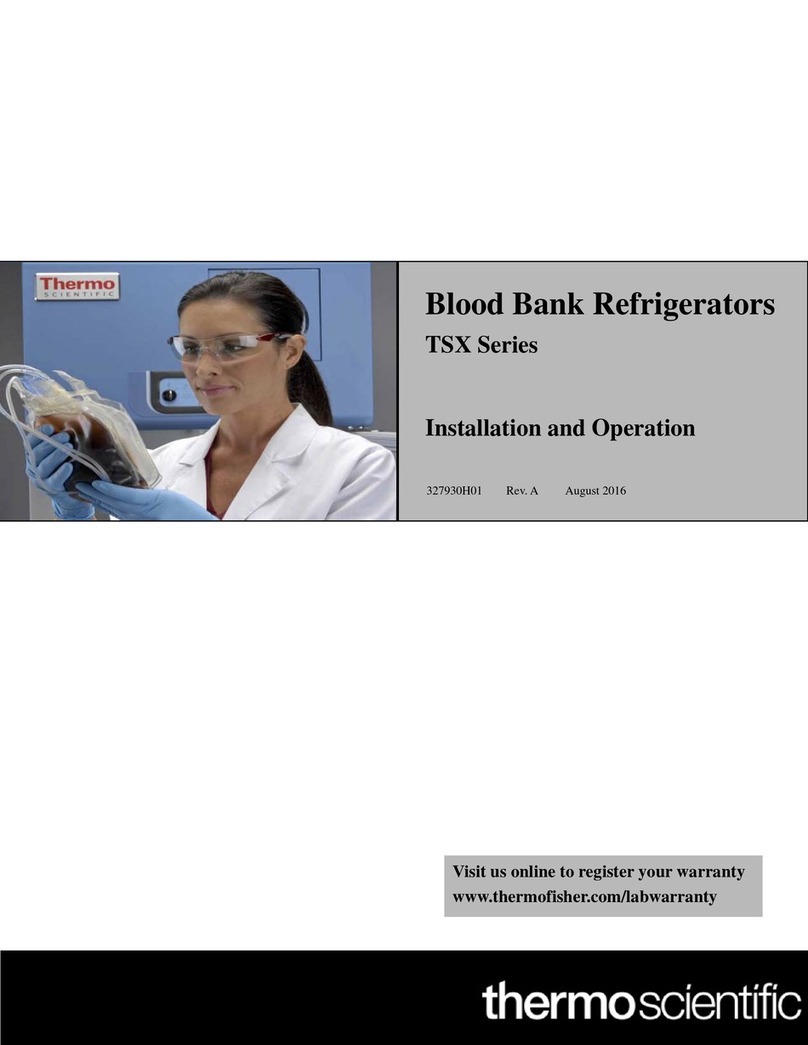
Thermo Scientific
Thermo Scientific TSX Series Owner's manual
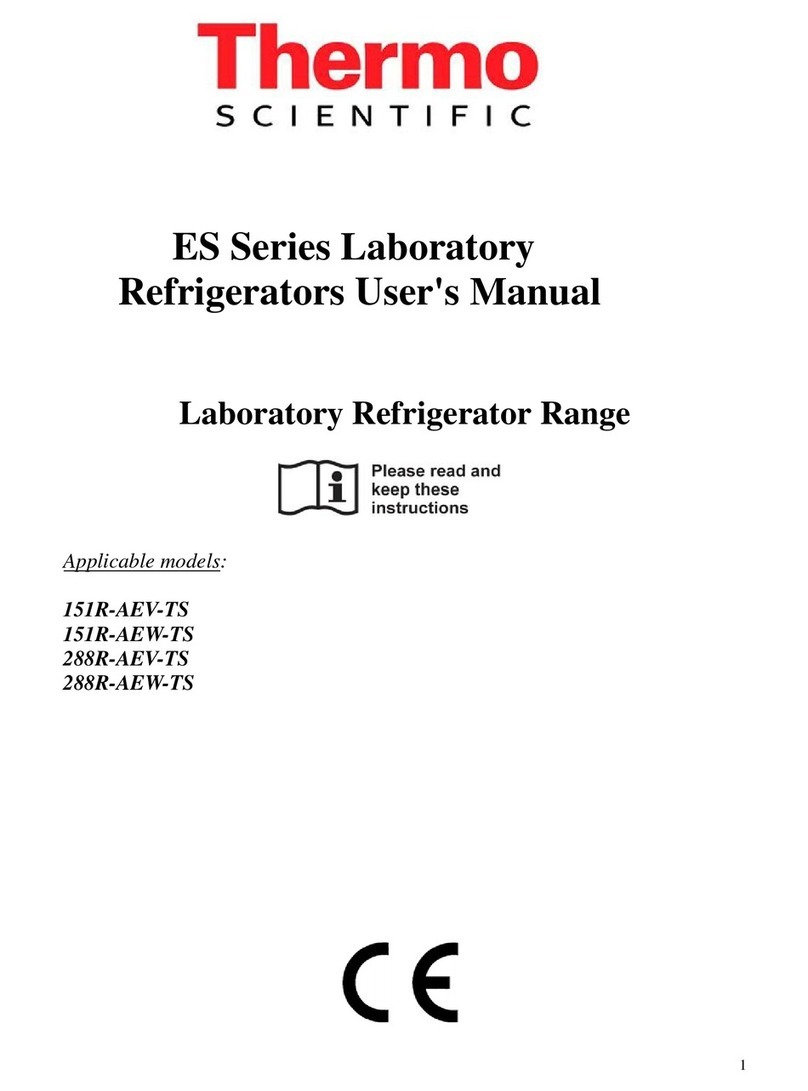
Thermo Scientific
Thermo Scientific 151R-AEV-TS User manual

Thermo Scientific
Thermo Scientific TSX Series Owner's manual
